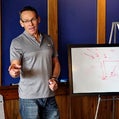A Guide to Proper Hydration for Optimum Health, Wellness & Performance
Proper hydration is one of the “easiest” nutritional components to implement, yields huge performance gains but is still one of the most misunderstood and neglected component of a nutritional program.
The Importance of Hydration
Here are some statistics to shed some light on the incredible importance of being properly hydrated:
-The average human body consists of 96 pints of water (64 pints inside the cells & 32 pints in the blood, lymphatic & digestive juices)
-Brain: 75% water
-Bone: 20-30% water
-Body Fat: 10% water
-Digestive Juices: 86%
-Blood 85%
-Muscle: 70%
And in my opinion, the most staggering statistic is relevant to muscle strength; a muscle that is dehydrated by only 3% can lose up to 10% of its strength and 8% loss of speed! The potential for optimum levels of performance literally dries up!
Core Body Temperature
When your body is running low on proper water levels within any system of your body: lymphatic, digestive, circulatory, etc. your athletic performance is negatively affected. The most detrimental is the ability to avoid overheating.
Exercise (or more specifically any form of movement) creates heat within the muscles; the higher the intensity the hotter your body becomes. When this happens, your body’s metabolic systems move into over drive to maintain 98.6 degrees (your core body temperature while you are at rest). As your core body temperature increases, your body moves this increased internal heat to the skin via your blood. The performance issue is associated with your bloods responsibility to deliver oxygen, nutrition to your working muscles and the transfer of metabolic waste of your working muscles. Outside of 98-100 degrees and your body will automatically sacrifice muscle contraction for regulation of core body temperature. Think about it this way, a reduction in muscle function, even immobility isn’t life threatening; however, if your core body temperature rises more than 9 degrees Fahrenheit, normal biochemistry ceases and you can die.
Simple Steps to Properly Hydrate
Daily Tips:
-Strive to consume half of your body weight in ounces of cold filtered water
(For example: 150 pound athlete divided by 2 = 75 ounces per day)
-Keep a post it note of how many water bottles you consume throughout the day or put a black marker hash mark on your disposable water bottle to indicate how many times you have re-filled it
-Drink cold fluids: this has been documented to absorb quicker and helps pull down your core temperature
-Avoid carbonated water and sodas; they slow down the absorption of water
-Consume complex carbohydrates - fruits & vegetables at every meal and snack:
During exercise:
-Refrain from waiting until you become thirsty – you are already dehydrated [Note: the sensation of thirst, regulated by hypothalamus in your brain, occurs due to the lower concentration of water in the blood.]
-Consume a sports drink that has a 5-7% carbohydrate ratio for optimum absorption
-Consume 8-10 ounces every 15 minutes throughout exercise
-Sip your fluids versus gulping to avoid the ingestion of air
-Know your sweat rate: your goal is to lose no more than 2% (dehydrated) and no less than 1% (overhydrated). If you haven’t received a copy of our MotoE Sweat Rate Calculator, please email me and I will send one over to you
-Test your hydration volumes, intake frequency and carbohydrate concentration in training and under the same conditions (temperature & humidity) as your race
Post exercise:
-Consume a carbohydrate and protein liquid drink within the first 20 minutes of finishing
-Avoid juices, especially citrus juice, this will only add to your stomach acidity which will increase your chance of cramping and feeling nauseated.
-Continue to sip on your sports drink to help replenish depleted electrolytes and sugar storages
If you have any questions or need anything clarified, please email me directly.
Until next time, Train Smart-Not Hard!
-Coach Robb

If you like my blog, you may follow it by clicking the "follow this blog" button in the upper right. ?
-
 1
1



3 Comments
Recommended Comments
Join the conversation
You are posting as a guest. If you have an account, sign in now to post with your account.
Note: Your post will require moderator approval before it will be visible.